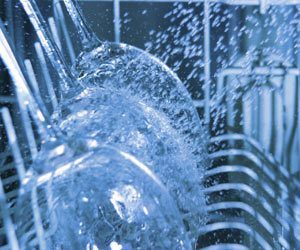
Table of Contents:
Julie asked: How do I remove dishwasher soap from the bottom of my frying pans? There is a white residue, like chalk, on the bottom of my pans from dishwasher soap.
If your dishes come from your dishwasher with a white residue, there are a couple of things you can try to get them clean again. One solution is fairly simple, while the second requires a bit more work. Here’s what to do.
You Will Need:
- Dishwasher
- Unsweetened lemonade flavored Kool Aid
- Vinegar
- Clean sink with a stopper or large tub(s)
- Scouring pad
Steps to Remove the White Residue:
- Though not a solution many of us would’ve thought of, the easiest thing to try, is to run the dishwasher a second time with the unsweetened lemonade powder in place of your usual detergent. This will often take care of the problem.
- If that doesn’t work, fill the dishes or pans with full strength vinegar.
- Allow them to soak overnight.
- Wash them out the next morning with a soft cloth. Use a scouring pad to scrub any stubborn spots.
- Repeat as necessary until the soap is gone.
Additional Tips and Advice
- It’s possible that your dishwashing detergent is causing the white spots. You might want to try switching products to see if that helps the problem, particularly if it’s a recurring one. A new detergent, however, might not remove the spots. You may have to do that manually to give a fresh start.
- If the problem occurs on the bottom of your pans or other cooking vessels, you may have burned-on food that attracts the residue or causes it. If the bottoms of your pans are not clean, try a specialty product such as Barkeeper’s Friend to return them to like-new condition. However, this is not appropriate for non-stick surfaces. For these pans, use the method above.
- Many pans are not intended to be washed in the dishwasher. It is best to hand wash them and dry them immediately. Especially pans with a non-stick coating. This will prevent the coating from becoming damaged.
- Some residue is caused from too much detergent being used in the cycle. A typical dishwasher only requires one tablespoon of detergent for proper cleaning.
- If a rinse agent such as Jet Dry is being used, eliminate that first. These aids can leave a build up on the dishes and cause more trouble than good. Try washing the dishes without the rinse aid and see if the problem improves.
- Some residue can be caused from hard water. In these cases, try adding a small amount of vinegar to the wash cycle to help cut through the deposits.

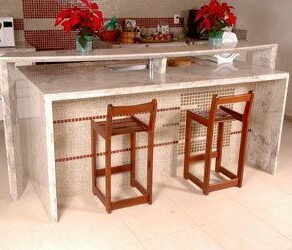
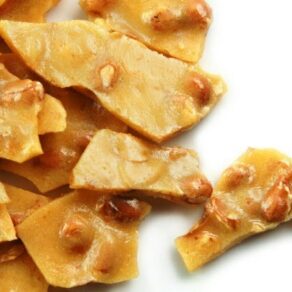


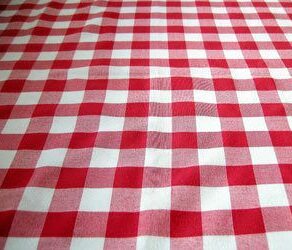
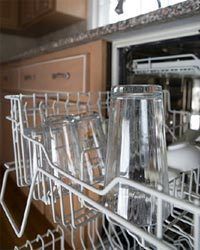


Where do you add the vinegar to in the dishwasher for hard water? In the detergent cup or in the bottom of the dishwasher? It is not clarified.
Melissa,
You can put the vinegar in the detergent cup if you’re doing a detergent-free wash to remove the hard water residue. If you put it in the bottom, it would likely just go right down the drain because dishwasher floors are angled to help channel the water down the drain. If you have a small detergent cup and want to use more vinegar, fill up a bowl with the vinegar and set the bowl on the lower rack in the dishwasher. Another option is to put it in the rinse aid dispenser if you have one.
Source: Green Housekeeping by Ellen Sandbeck
I have a nuvoH20 water softener, and I wondered if that is my problem for my cloudy dishes. I have tried a lot of things, but they’re even cloudy when I use no detergent. There is some finish dry in the machine. It is a brand new LG dishwasher… I need help!
Deb,
The NuvoH2O may not be strong enough to fully clear the water if you have a hard water problem.
If you are getting cloudiness on your dishes without any detergent, there could still be detergent residue in the dishwasher from the previous load. You can try cleaning the dishwasher out fully and do another test load. Use the guide How to Clean a Dishwasher. There is a section in that guide about hard water.
Watch out for any residue on the dishes you put into the test load as well though; without the detergent to lift the residue off the surface, it will remain, or if there is a lot of food residue on a plate, it could spread to the other items.
Source: ConsumerSearch.com – NuvoH2O review
Hello! I have some Contigo water bottles and I’ve been rinsing them in water afterwards in order to remove an awful chemical taste. It doesn’t seem to be working anymore. Other than washing them by hand, is there any other suggestion you could give me? Thank you!
Hi Nancy,
Depending on what type of bottle you have, if there aren’t any hidden areas where mold/bacteria could be growing (such as inside of the mechanics of the lids on the original travel mugs), then it could be a chemical leaching from the plastic or other parts. There may not be any way to remove this if it is continuously leaching, however, if water was working to remove it, try soaking it in water overnight to allow the rest of the chemical leaching to be soaked away (that is the tactic used for aquarium supplies). Good luck!